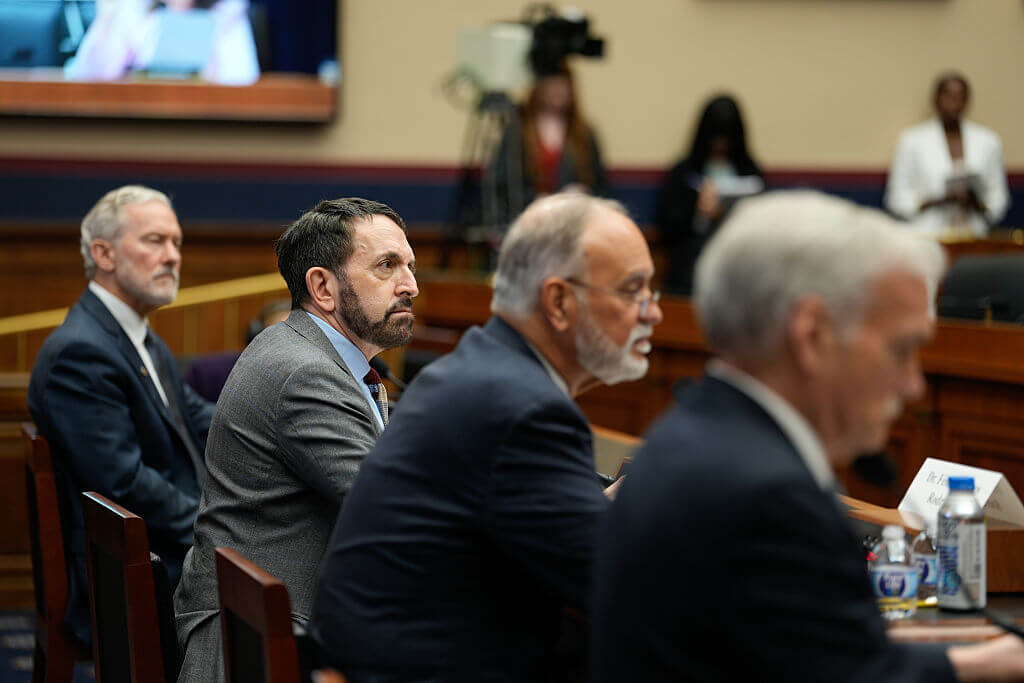40% of White Americans Have Only White Friends

Obama?s America? A new study sheds a sobering light on the state of social relationships in the U.S. Image by getty images
About 40 percent of white Americans and about 25 percent of non-white Americans are surrounded exclusively by friends of their own race, according to an ongoing Reuters/Ipsos poll.
The figures highlight how segregated the United States remains in the wake of a debate on race sparked by last month’s acquittal of George Zimmerman in the shooting of unarmed black Florida teenager Trayvon Martin. President Barack Obama weighed in after the verdict, calling for Americans to do some “soul searching” on whether they harbor racial prejudice.
There are regions and groups where mixing with people of other races is more common, especially in the Hispanic community where only a tenth do not have friends of a different race. About half of Hispanics who have a spouse or partner are in a relationship with non-Hispanics, compared to one tenth of whites and blacks in relationships.
Looking at a broader circle of acquaintances to include coworkers as well as friends and relatives, 30 percent of Americans are not mixing with others of a different race, the poll showed.
Respondent Kevin Shaw, 49, has experienced both integration and racial homogeny. He grew up in downtown Kansas City, Missouri, and attended a mixed high school where he was one of only two white teenagers on the mostly black football team. His wife, Bobbi, is Hispanic. They met in high school and have been married for 27 years.
Eleven years ago, they moved to a predominantly white neighborhood in the suburb of Liberty. “Soon after we moved in, my mother-in-law came to visit and a neighbor asked if she was my maid. It was just a matter of ignorance,” he said.
In the time he has lived there the neighborhood has become less blinkered, helped by the arrival of younger families.
He also puts prevailing attitudes down to environment. “A lot of it comes down to where you grow up,” he said.
As a group, Pacific states – including California, the most populous in the nation – are the most diverse when it comes to love and friendship. By contrast, the South has the lowest percentage of people with more than five acquaintances from races that don’t reflect their own.
Some of this is down to precedent. “This country has a pretty long history of restriction on inter-racial contact and for whites and blacks, even though it’s in the past, there are still echoes of this,” said Ann Morning, an associate professor in the department of sociology at New York University.
“Hispanics and Asian Americans have traditionally had less strict lines about integrating.”
In his comments two weeks ago, President Obama expressed optimism about the future, saying his daughters’ experiences show younger generations have fewer issues with race. “It doesn’t mean we’re in a post-racial society. It doesn’t mean that racism is eliminated. But…they’re better than we are, they’re better than we were, on these issues,” he said.
Younger American adults appear to confirm this, according to the poll. About one third of Americans under the age of 30 who have a partner or spouse are in a relationship with someone of a different race, compared to one tenth of Americans over 30. And only one in 10 adults under 30 say no one among their families, friends or coworkers is of a different race, less than half the rate for Americans as a whole.
“My Mom’s school, they had ended segregation, but she told me there was still basically one side of the road for whites and one side of the road for blacks,” respondent Carlon Carter, 18, said.
A keen athlete and music fan, his racially diverse group of friends in Birmingham, Alabama, comes from these shared interests.
“There’s a big difference now. We don’t see each other so much like ‘you’re white and I’m black’. If you like the same thing I like, then that’s all that matters,” he said.
These results were taken from the ongoing Reuters/Ipsos online poll and include the responses of 4,170 Americans between July 24 and August 6. The credibility interval, a measure of precision, for these results is plus or minus about 2.7 percentage points for a five-day average on any given day during that period. Smaller subsets of the poll, such as blacks, Hispanics and adults under 30, have a credibility interval for that period ranging from about 3 percentage points to 11 percentage points.
The race and ethnicity questions in this story are part a polling project that started in January 2012, surveying about 11,000 people a month since then.


















